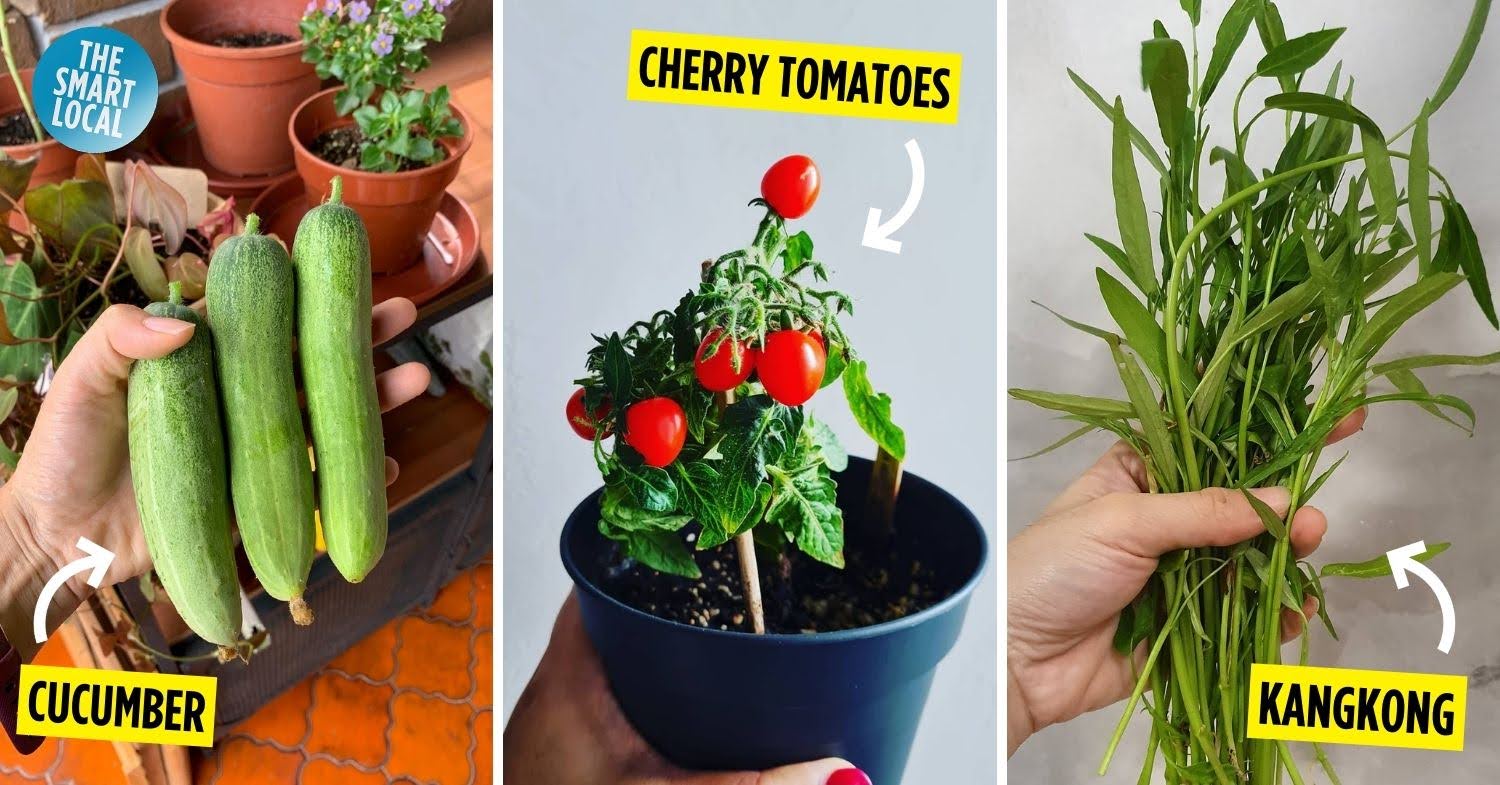Fruits & vegetables to grow in Singapore
Most of us slayed at gardening when we were younger – from planting rows of lettuce seeds in nostalgic Facebook games like FarmVille to trading plants in the more recent Hay Day. While our “green fingers” definitely reaped us tonnes of fruit, our planting prowess probably didn’t venture beyond the virtual world once life got too busy.
It’s still not too late to rekindle your inner gardener, though. These fruits and vegetables can be easily grown, even amidst Singapore’s sweltering heat.
Table of Contents
Where can I grow my fruits & vegetables in Singapore?
If you live in an HDB flat, it’s important to remember that the common corridor is a shared space. You’re allowed to place your plants as part of your HDB corridor transformation, as long as you ensure that they aren’t obstructing the walkway. Use of garden props such as hanging baskets are great ways to maximise the space.
You’ll also have to consider if the corridor receives direct sunlight or is often shaded. Some plants like peace lillies and ferns don’t need much sunlight, and will do well if your corridor is partially shaded. Herbs and vegetables, on the other hand, require more sunlight.
You can also rent plots of land from community gardens to plant your seeds, or volunteer to join the community and help tend the gardens. For example, the Community Gardens @ Jurong Play Gardens is considered the largest one in Singapore – there are 56 plots for the public to rent.
1. Watercress
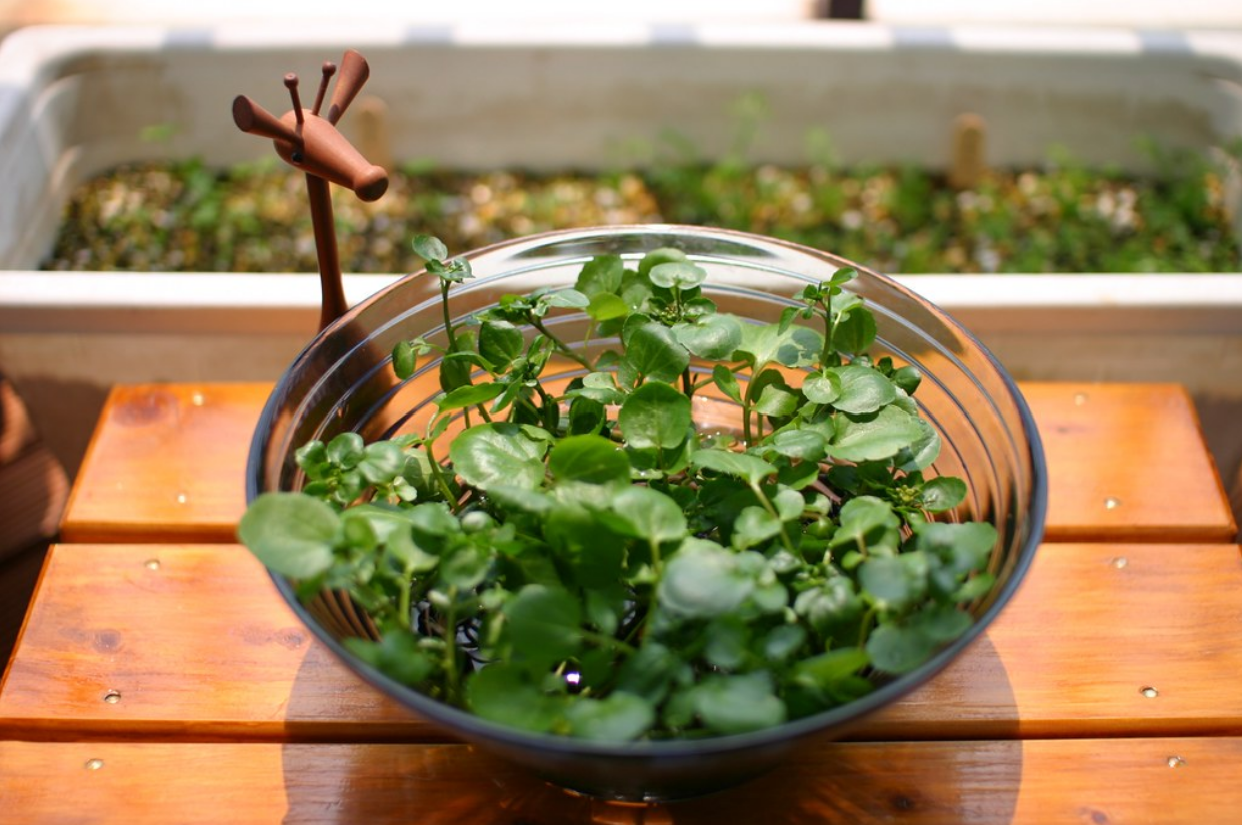
Image credit: nanao wagatsuma via Flickr
If there’s one thing to know about Watercress, it’s that it tastes superb when stir-fried with garlic. Similar to how simple this dish is prepared, this plant also requires little effort to grow.
Just pick a spot where the plant will receive tonnes of sunlight, and ensure that the soil is moist. Then water it daily, and you’ll notice that the leaves will soon flourish and grow. Once the leaves have transformed to a deep shade of green, harvest your goods by trimming off the main stem. Leave a couple of centimetres behind so new leaves can regrow.
Harvest time: 30 days
2. Cherry tomatoes
Cherry tomatoes are one of the easiest fruits to grow in Singapore because – unlike us – they are resistant to hot and humid climates. They flourish best in well-lit areas, and fit perfectly in small spaces such as windowsills or HDB corridors since they grow to about 30cm-70cm.
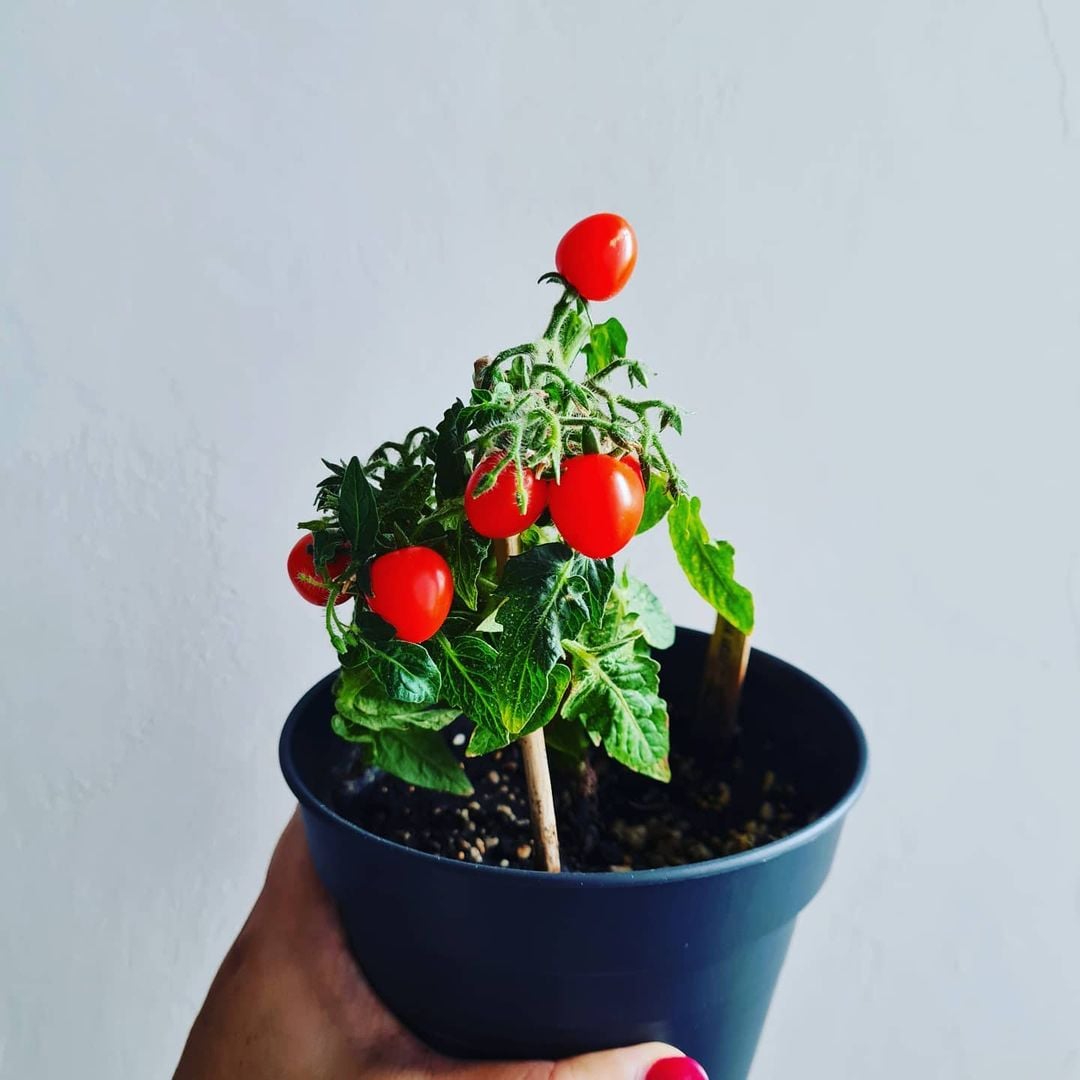
You can even begin your gardening journey with micro-tomatoes, which can be easily grown indoors.
Image credit: @beloved_di via Instagram
Don’t be tempted to shield them when the sun gets merciless, though, because tomatoes need at least 6 hours of direct sunlight daily. As long as you water your seedlings at least twice a day, they’ll sprout into healthy greens that are sure to earn you your proud “plant parent” badge.
Harvest time: 70-90 days
3. Chilli 9eppers
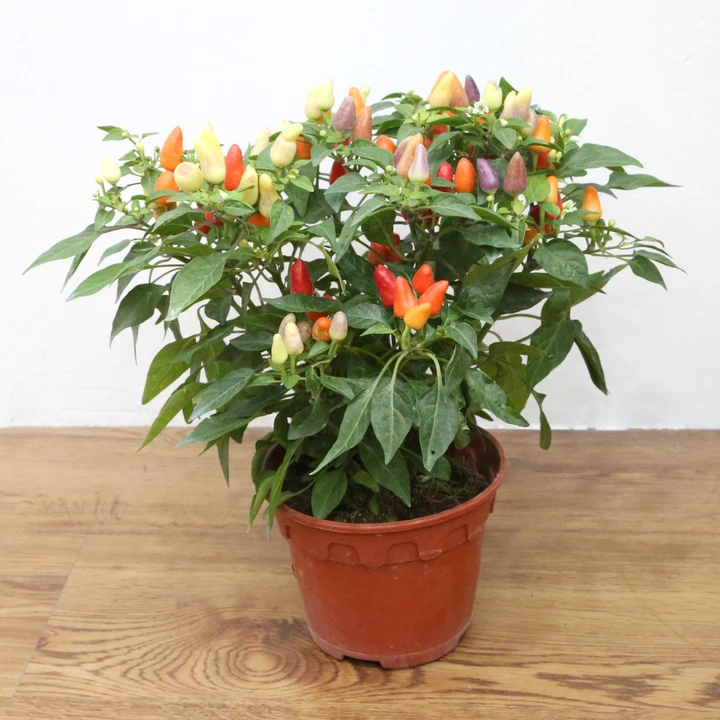
Image credit: Green Leif SG
Whether you’re one for milder flavours or a hothead who chooses the maximum spice level at Monster Curry, chilli peppers probably occupy most of our kitchens racks. Instead of tossing their seeds away after whipping up lunch, why not plant them and multiply your chilli supply right at home?
Before you dig up your pots and soil, though, make sure to rinse and dry your extracted seeds overnight because less moisture brings you better results in the growth process. Chillies don’t thrive in waterlogged soil, meaning that a watering cycle of once every 2-3 days is a pretty solid timetable.
Tip: Spice up your gardening by using recyclable items such as peanut butter jars or tau huay containers to hold your chilli crops when they outgrow smaller containers.
Harvest time: 60-70 days
4. Kangkong (water spinach)
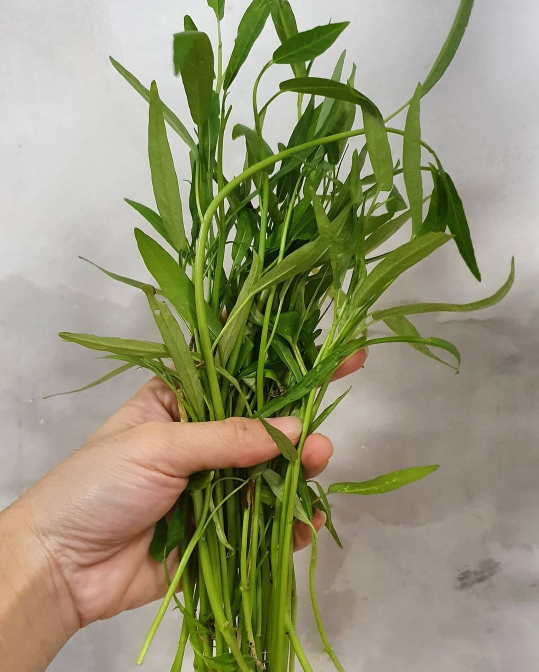
Image credit: @mangofroyox via Instagram
Kangkong joins the tribe of veggies that thrive in moisture and heat. Because they are quicker-harvesting crops that don’t need a horticulture degree to nurture, kickstarting your gardening journey with these could be perfect if you’re just honing that green thumb.
Similar rules of 4-6 hours of sunlight apply here, but let’s talk about their enviable motivation. Even if it slips your mind to sprinkle them some water now and then, there’s no need to fret because they’ll keep goin’ and growin’ nevertheless.
And of course, we don’t need a Masterchef-level prowess to know how well these juicy greens pair with steaming white rice or some spicy mala.
Harvest time: 30-60 days
5. Long beans
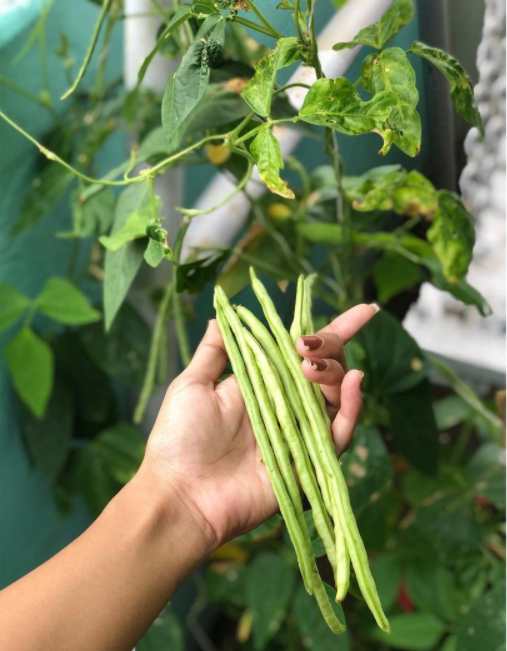
Image credit: @_theartisticgemini via Instagram
Most seeds follow the usual soaking-before-sowing drill for optimal results, but long beans are the defiant kids on the plot. Since their seeds can get mushy with excessive moisture, planting them without that initial step is your best bet.
Alas, even our young plantlings need some added support in their life. Once they’ve reached a substantial height of 2m-3m after about 2 months from germination, consider installing a trellis of sturdy wiring or wire fencing at the corridor of your HDB. This prevents the twisted situation of tangled vines, and harvesting them once they’ve matured will be an easier feat.
Pro-tip: Cover your germination tray with a gardeners’ mesh to keep birds away, as they are known to prey on long bean seeds!
Harvest time: 50-60 days
6. Cucumbers
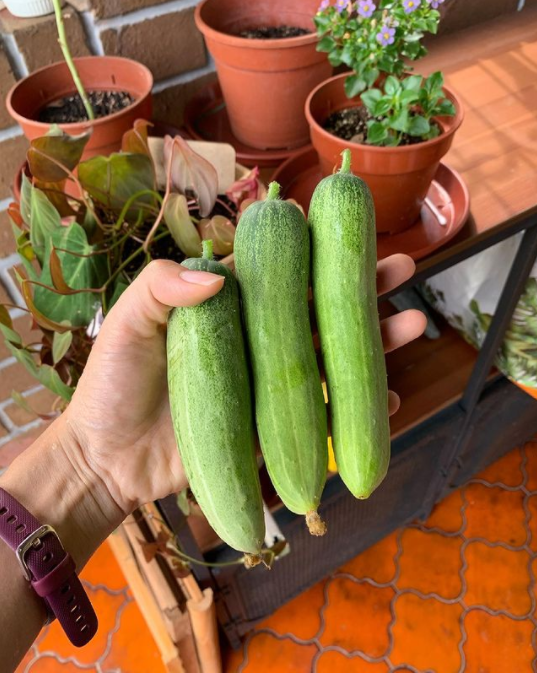
Image credit: @tg17garden via Instagram
Grow this fruit – yes, cucumbers are indeed fruits – at home and you’ll get a cooling mask for your skincare endeavours plus a side for your homemade chicken rice pronto.
Similar to chillis, all you need is a cucumber from your grocery haul to grow them at home. While scooping out its seeds and giving them a quick rinse, pay extra attention to stubborn pulp clinging to the edges – as these might hinder healthy growth.
To check if they’re ready for harvesting, your cucumbers should be at least 17cm-22cm in length.
Harvest time: 50-60 days
7. Lady’s fingers (okra)
“You want to be good at maths? Eat more lady’s fingers!” is something my aunt used to prattle on about this vegetable, that would apparently make you splendid at sums. Even if you’ve never heard of this before, you might have hated eating them as a kid anyway because of their slimy texture. But since school’s out of the equation for most of us now, giving them another try wouldn’t hurt.
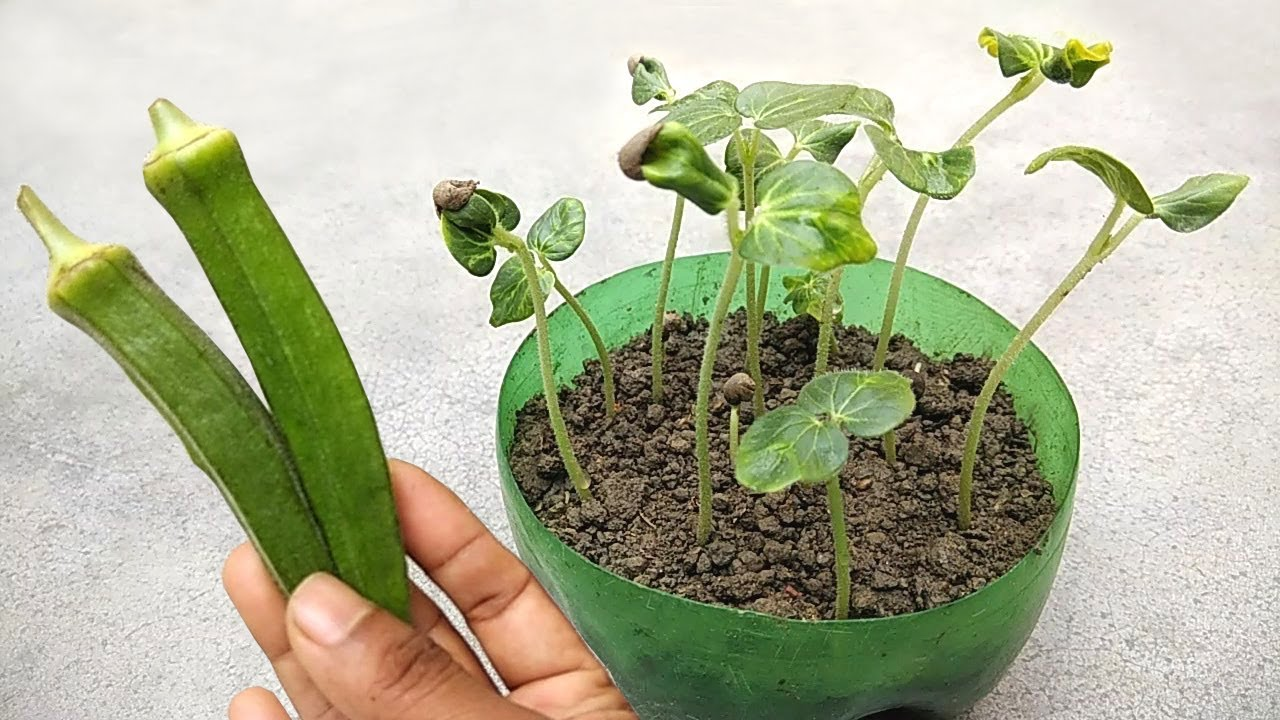
Image credit: Ujjwal Mitra via Youtube
Like tomatoes, exposing these plant pods to strong sun rays for at least 6 hours daily works best. You also won’t need to experiment with cuttings or transplants, as they grow best when seeds are directly sown. And once they reach a length of about 17cm-22cm, you can pluck your veggies readily.
Note: Lady’s finger plants can be infected with downy mildew – identified by white spots on their leaves – on rainy and humid days. When you spot an infected leaf, be sure to remove it immediately.
Harvest time: 55-65 days
8. Bayam (Chinese spinach)
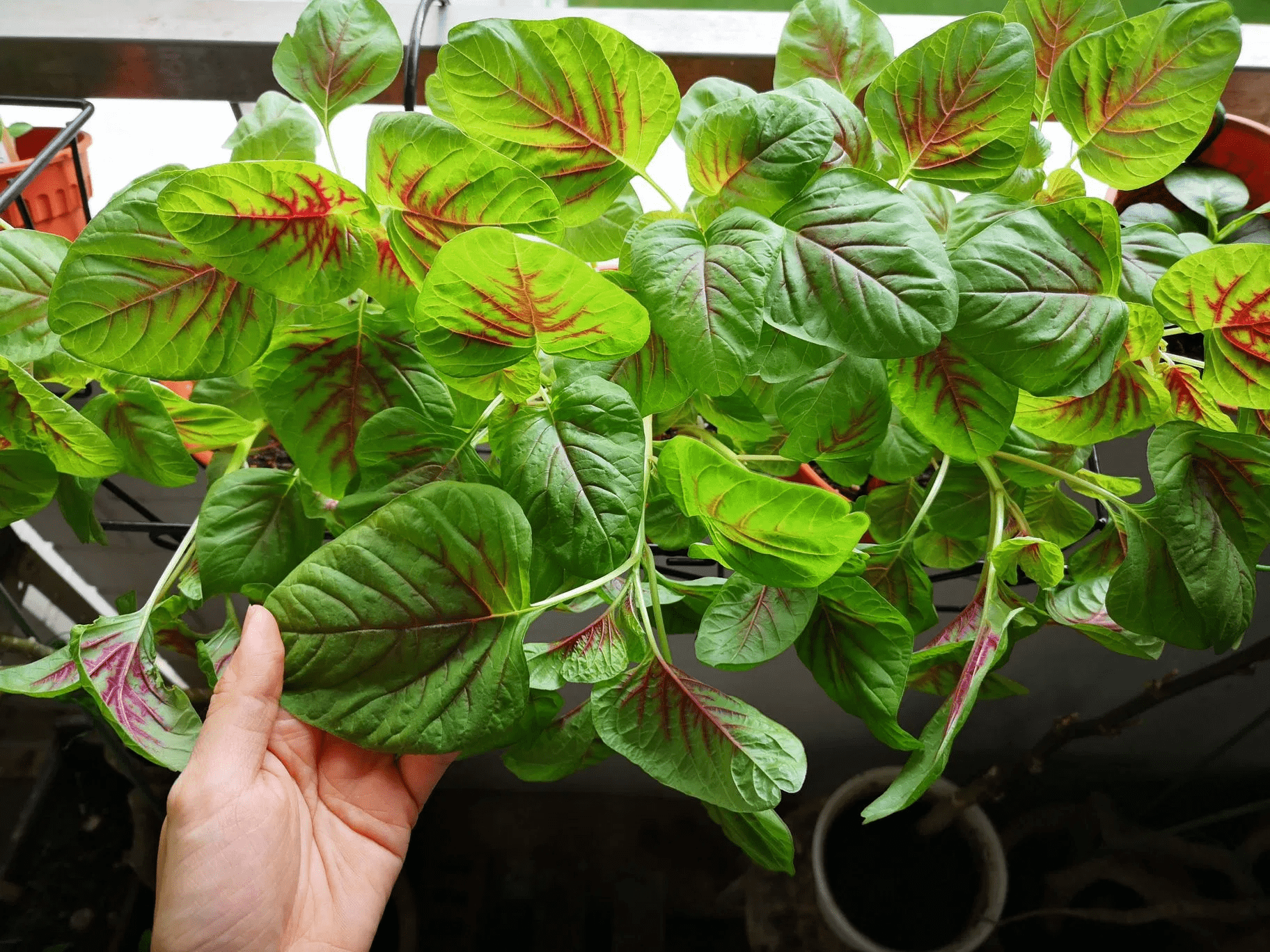 Image credit: Well From Today
Image credit: Well From Today
If you’re looking for another “low-maintenance” crop to add to the list, bayam is probably the only veggie that continues to thrive even after harvesting. But to reap more than you sow, make sure to cut some leaves from your matured plants while leaving some behind to keep your garden growing.
While bayam seeds are pretty easy to purchase from plant nurseries or supermarkets, playing around with cuttings is also an option. Choose a healthy bundle of spinach leaves from your local wet market and remove the bottom 15cm portion, which you can then transplant to the soil after a week of soaking in water.
Pro-tip: If you choose to purchase bayam seeds from the store, planting them can be quite a challenge as they are extremely small. To make sure that each seed has enough space to germinate, scoop a teaspoon of seeds onto your palm and gently blow them towards your soil so they don’t “bunch” together in a single spot.
Harvest time: 25-56 days
Easy plants to grow in Singapore
Gardening isn’t a hobby reserved just for the green-thumbed. From cherry tomatoes to refreshing cucumbers, there are several fruits and vegetables that can be grown easily even if you’re new to this therapeutic pastime.
Besides being a natural stressbuster, growing your own greens can also help you eat healthier without fear of unwanted pesticides.
For more gardening inspo:
- Supermarket vegetables to plant and grow at home
- Gardening mistakes to avoid in your HDB
- DIY home garden from existing household items
Cover image adapted from: @mangofroyox, @beloved_di, @tg17garden via Instagram
Originally published on 8th June 2021. Last updated by Joycelyn Yeow on 28th March 2024.
